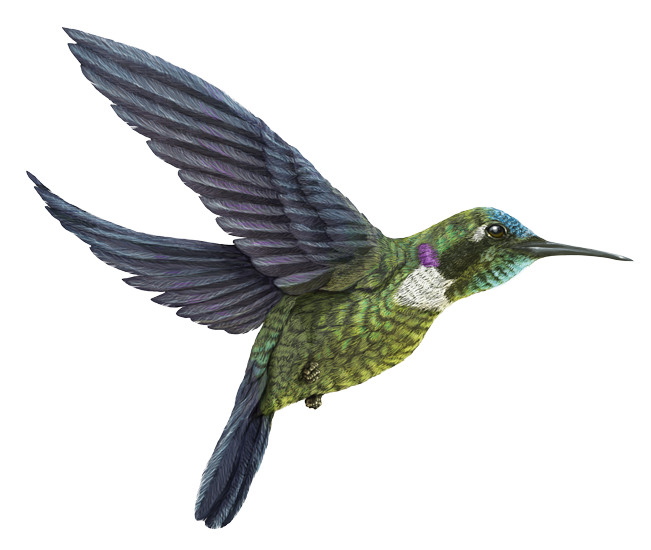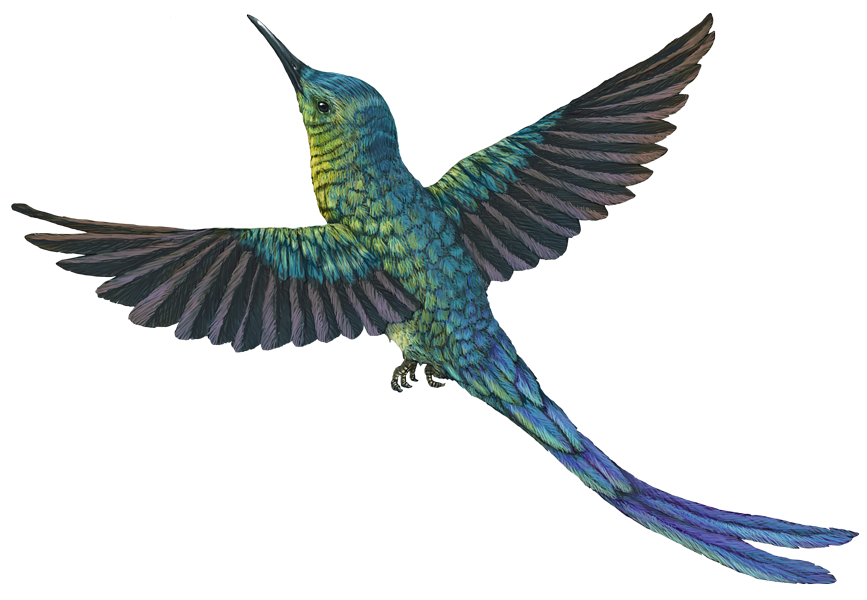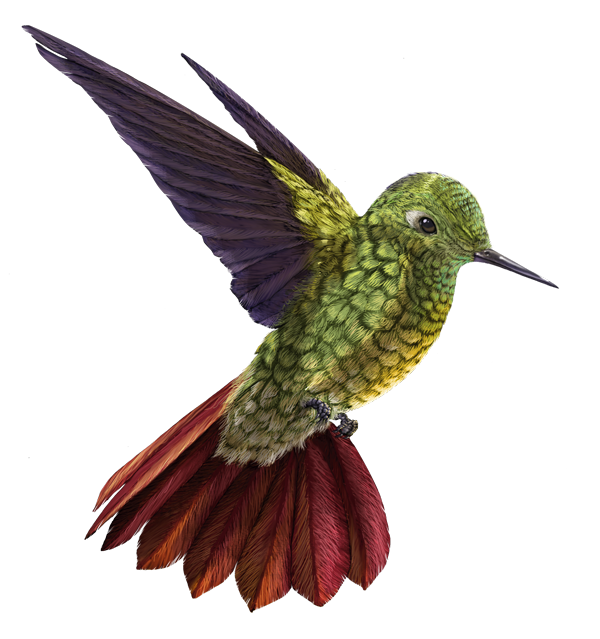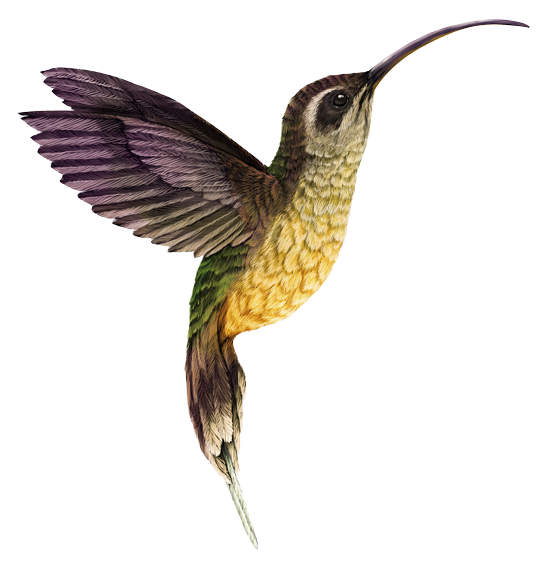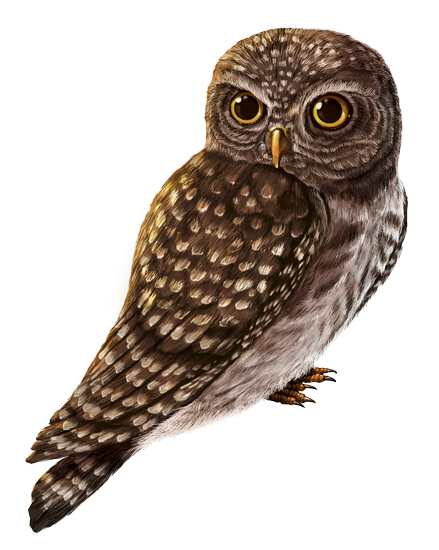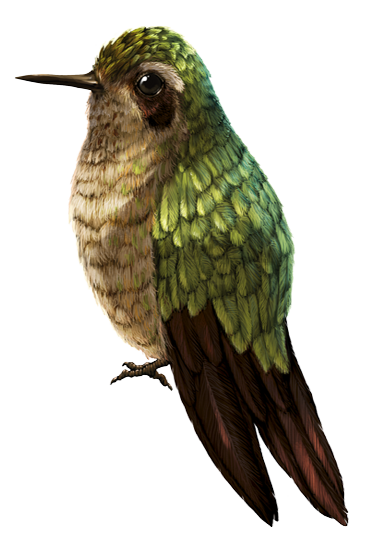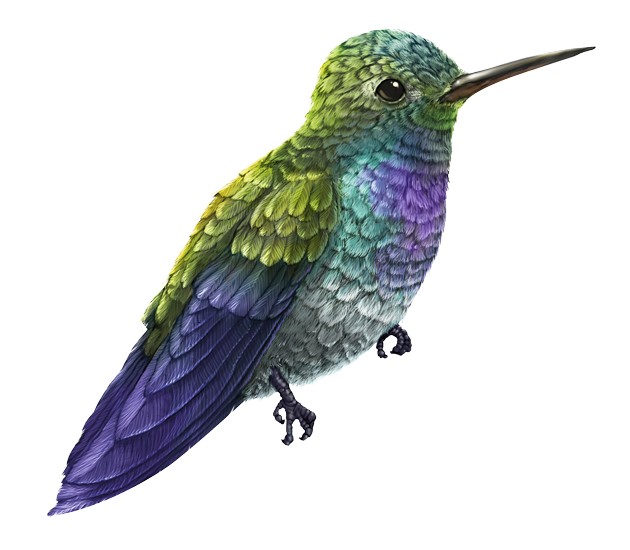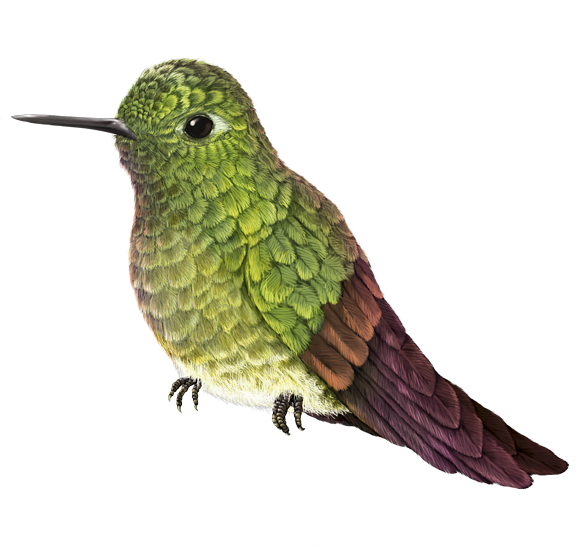Genetic information is a key tool for managing and conserving biodiversity. However, this level of biological organization still needs studying in Colombia.
A closer look at biodiversity reveals the genetic information of living organisms. The variability of molecules such as DNA in populations is related to their potential of adaptation to changes in the environment. Information on genetic variation allows for calculations of gene flow ebetween populations, measurements of population isolation or connectivity, and, as a result, estimations of extinction vulnerability4,5. At a higher biological level, it is also possible to measure phylogenetic diversity, which quantifies the evolutionary history of the species that compose a community6. Since these estimates reflect the potential of biological communities to adapt to change in a determined territory, analyses at this level should be considered in order to prioritize conservation areas
n Colombia, genetic information has been studied insufficiently10. Notwithstanding, in the last four years the number of data (genetic sequences) published for different biological clades, particularly bacteria, have increased significantly. A revision of published research related to genetic sequences of bacteria indicates that this information has been mostly produced by the sectors of agriculture and health. Conversely, much fewer data exist for genetic sequences published in important research areas such as bioprospecting, bioremediation, and basic science.
Moreover, the amount of genetic information of plants and animals primarily related to ecology, evolution, and systematics studies is very scarce. According to information published in SiB Colombia, the biological groups that have the best genetic sequence coverage only have 5% of species with data. This emphasizes the need to increase the amount of genetic research in the country.
